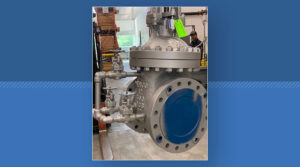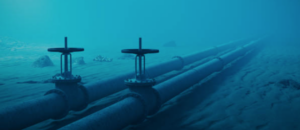
Valve Corrosion – Causes, Allowance, & Prevention
Valves, typically composed of metal, serve as a conduit to a variety of fluids. As such, a valve frequently encounters corrosion. Material selection, corrosion allowance, operating condition, and impact of fluids must be considered in respect to corrosion.
In this article, you will learn the causes of valve corrosion, the concept of corrosion allowance, and anti-corrosion measures.
Causes of Valve Corrosion
There are a variety of factors that can cause the corrosion of valves either internally or externally. When corrosion occurs, it results in subpar valve performance. This subpar performance is characterized by poor sealing and flow control. Also, the surrounding equipment such as pipeline can influence valve corrosion, especially if made from dissimilar metals.
Exposure to Seawater and Dissimilar Metals
Valves operating in marine environments are more prone to corrosion due to exposure to seawater. Saltwater conducts electricity at a much high rate than freshwater. As a result, it further aids the electrochemical process. This speeds up ion transfer and subsequently, the corrosion rate. In some cases, this increase could be between five to ten times more when compared to freshwater, especially in the presence of oxygen.
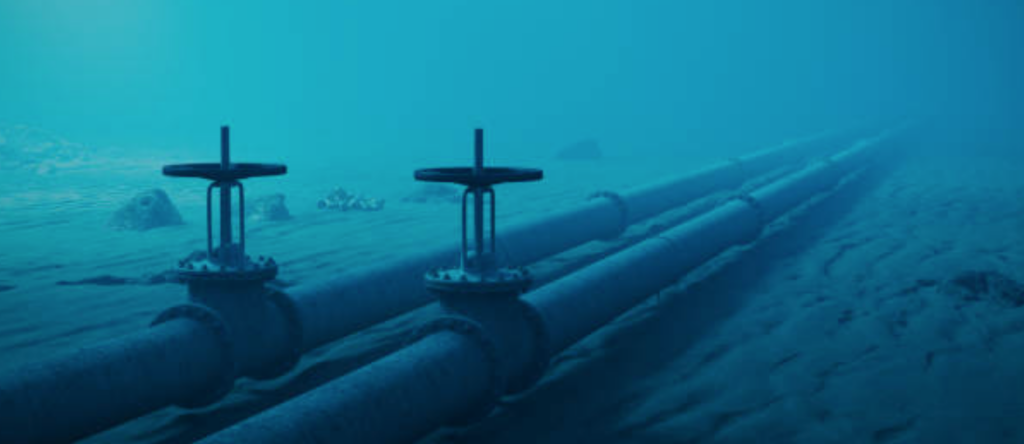
Also, connecting valves to dissimilar metals can heighten the risk of corrosion. Especially if both materials are far apart on the electrochemical series. Thus, the type of material used for adjoining equipment requires consideration in the design of valves. Otherwise, significant corrosion could occur at joints and surrounding areas.
Fluid Composition
Corrosion due to fluid composition is a major issue in some industries, especially in oil and gas production facilities. Typically, CO2 (Carbon Dioxide) and H2S (Hydrogen Sulfide) do not cause corrosion, but in the presence of liquid water, they dissolve to form acidic compounds that are corrosive.
The type of corrosion that occurs depends on the CO2/H2S ratio present. According to AMPP, formerly NACE, for ratios less than 20 or 0.0035 bar H2S, the corrosion is dominated by H2S (sour corrosion). This type is more aggressive and usually leads to pitting in the valve. On the other hand, at high CO2/H2S ratios, the corrosion rate is governed by CO2 (sweet corrosion), which is characterized by general corrosion of the valve surface. For either of these methods, the rate of corrosion increases with increasing water content, partial pressure, flow velocity, and temperature.
Microbially Induced Corrosion
This type of corrosion occurs if the valve is exposed to sulfate-reducing bacteria (SRB) and highly organic sediments. The case occurs with buried pipelines or significant marine growth. These SRB consume organic acids as a food source, thus oxidizing them and producing sulfide ions (S2- and HS–). Subsequently, the sulfide ions react with the valve steel to form an iron sulfide film.
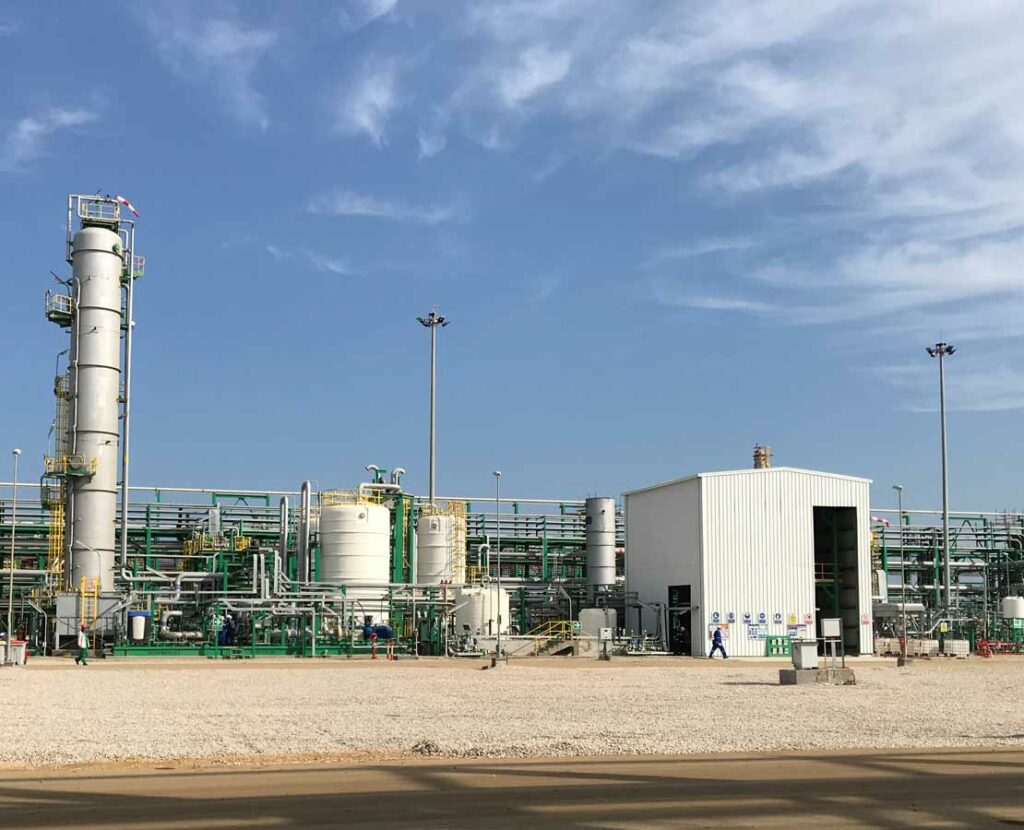
Initially, this film is protective and minimizes the rate of corrosion. However, it eventually breaks down, leading to the formation of an iron sulfide-bare steel galvanic couple with the steel as the anode. The result? Highly localized corrosion.
In design, predicting the impact of this type of corrosion is challenging due to the unique challenge of predicting microbiological growth. Generally, preventive measures center on the need to maintain a clean valve no matter the environment. This may require occasional clearing of marine growth and for internal growth, introducing biocide treatment, pigging, and filtration of debris.
Stress Corrosion Cracking (SCC)
This phenomenon occurs due to a combination of particular types of corrosive environment, certain alloys, and tensile stress. Examples include oil and gas production systems that contain H2S, lower pH, and lower applied redox potential that facilitate the evolution of atomic hydrogen. Then, this hydrogen diffuses into already corroding anodic sites of the alloy. As the hydrogen atoms build up in these sites, pressure builds, resulting in the sudden release of energy after achieving a certain thresholds.
The subsequent damage result in cracks in the alloy. These cracks are mostly internal and typically not noticeable from the surface. In combination with tensile loads, cracks may propagate. Thus, the ductility of the alloy is greatly reduced because there is a depletion in the materials’ critical stress intensity factor. Ultimately this may result in catastrophic failure at stress levels far below the valve’s designed stress levels.
Another result of stress corrosion cracking is a ductile alloy can suddenly become brittle in certain environments. SCC occurs for a variety of alloys and corrosive environments as the table below shows.
| Alloy | SCC Environment | Critical Stress Intensity Factor (MN/m3/2) | Critical Stress Intensity Factor Due to SCC (MN/m3/2) |
| 13Cr Steel | 3% NaCl | 60 | 12 |
| 18Cr-8Ni | 42% MgCl2 | 200 | 10 |
| Cu-30Zn | NH4OH (pH 7) | 200 | 1 |
| Al-3Mg-7Zn | Aqueous Halides | 25 | 5 |
| Ti-6Al-1V | 0.6 M KCI | 60 | 20 |
Corrosion Allowance
Some valves, such as stainless steel in standard service, may have a corrosion allowance of zero. However, the design of valves is generally done with the expectation that some level of corrosion will occur. This especially holds true for pressure-retaining components such as the valve body, disc, bonnet/cover, and body-bonnet bolting, that contact the process fluid. Although the use of corrosion-resistant alloys (CRA) is on the rise, most of these materials are resistant only to certain types of corrosion.
For example, 22% and 25% Cr duplexes are quite popular due to their immunity to sweet corrosion (CO2). However, they are susceptible to SCC. As a result, in addition to the valve body thickness to withstand the temperature and pressure conditions, an extra cladding of resistant alloy further compensates for corrosion. This extra cladding thickness thus provides a higher corrosion allowance. When designing for corrosion allowance, the expected corrosion rate of the valve cladding is calculated in allowance thickness per year. Then, engineers set the thickness of the layer according to the number of years of the valve design life.
Anti-Corrosion Measures
Generally, valves are less tolerant to corrosion relative to pipes. The fundamental function of valves is to control or isolate flow, and even a minor amount of corrosion could make it unfit. This particularly holds true in critical applications where minor fluid leakage can cause harm. Hence, valve anti-corrosion measures require careful consideration.
Surface Coating
Surface coating provides a physical barrier between the corrosive environment and the valve surface. For instance, body-bonnet bolts usually undergo galvanizing, oxidation, and chromium plating to improve their resistance to both the medium and atmospheric corrosion. Also, sealing surfaces, the valve stem, and small caliber parts may undergo nitriding and boronizing to make them more resistant to corrosion and wear.
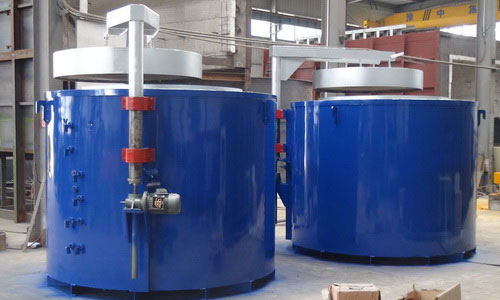
The suitability of a surface treatment varies according to the valve material and the working environment. For example, carbon steel nitrided by gas can resist ammonia corrosion. Also, after quenching and tempering, 2Cr13 is resistant to ammonia corrosion. However, all phosphorus-nickel coatings are not.
Thus, prior to applying any coating, qualified technical personnel sorts out any compatibility issues.
Corrosion Inhibitors
Corrosion inhibitors refer to chemical compounds that inject into process media, thus reducing corrosiveness. There are several ways in which corrosion inhibitors work.
For instance, Mono-ethylene glycol (MEG) injects into natural gas systems to remove liquid water, thus eliminating the possibility for corrosion. Also, there are some inhibitors that precipitate on anodic (anodic inhibitor) or cathode (cathodic inhibitor), to form a layer that limits further corrosion from occurring. When using inhibitors, key considerations include:
- Injection Temperature: There are some inhibitors that thrive in high temperature systems while some do not. It is necessary to select an inhibitor that will thrive in the prevailing conditions. Most inhibitors do not perform well above 248℉ (120℃), thus, there will be a need to use a cooling device such as a spool, then inject the inhibitor downstream.
- Transfer Medium: Inhibitors are classified according to the type of medium in which they are soluble and dispersible. Some are meant for water, oil, or gas. The appropriate inhibitor should be used in line with the process fluid.
- Inhibitor Dosage: Some inhibitors are injected continuously while others are done in batches to be more effective.
Cathodic Protection
Cathodic protection provides a simple mechanism to control external corrosion of a valve surface by making it the cathode of an electrochemical cell. It creates an electric field at the valve surface that causes current to flow to it, thereby preventing the liberation of metallic ions. For this corrosion prevention method to be effective the electric field’s strength should be high enough to prevent any metal ions from escaping. Generally, two ways of achieving this are passive and active cathodic protection.
- Passive Cathodic Protection: This involves attaching a metal to the valve surface, which has different electrochemical properties and is more anodic in the operating environment. Because this metal is electrically connected to the valve surface, it loses electrons and corrode in preference to the valve. Thus, the metal attachment becomes a sacrificial anode. Examples of common sacrificial anodes are zinc and magnesium. One disadvantage of this method is that the sacrificial anodes need to be replaced as they wear out. Which can be a challenge in applications with access difficulty such as in subsea systems.
- Active Cathodic Protection: In this method, the valve receives direct current from a power source by connecting it to the negative terminal, while the positive terminal connects to an anode. As a result, the anode is not oxidized and does not lose metal ions because the driving voltage is provided by the DC power source. The delivery of much higher driving voltages than a sacrificial anode, and its ability to protect a larger area provide other appealing advantages. This method suits valves that reside in a more aggressive corrosive environment and eliminates the need for replacement of anodes.


